
Abbécourt is a commune in the Aisne department in the Hauts-de-France region of northern France.
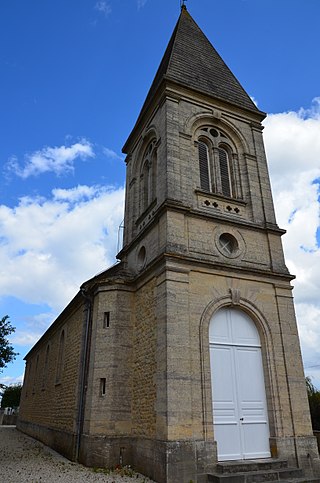
Agy is a commune in the Calvados department in the Normandy region of north-western France.

Annebault is a commune in the Calvados department in the Normandy region in northwestern France.

Authie is a commune in the Calvados department in the Normandy region of north-western France.

Banneville-la-Campagne is a commune in the Calvados department in the Normandy region of north-western France.

Baron-sur-Odon is a commune in the Calvados department in the Normandy region of north-western France.
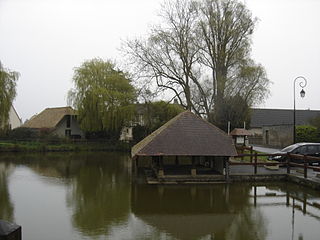
Bavent is a commune in the Calvados department in the Normandy region of north-western France.
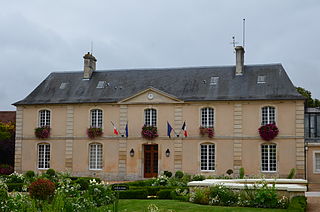
Cormelles-le-Royal is a commune in the Calvados department in the Normandy region in northwestern France.

Livarot is a former commune in the Calvados department in the Normandy region in northwestern France. On 1 January 2016, it was merged into the new commune of Livarot-Pays-d'Auge.
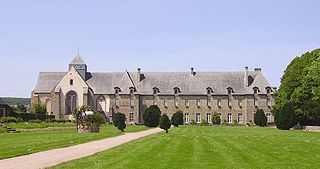
Paimpont is a commune in the Ille-et-Vilaine department in Brittany in northwestern France.

Alise-Sainte-Reine is a commune in the Côte-d'Or department in the Bourgogne-Franche-Comté region of eastern France.
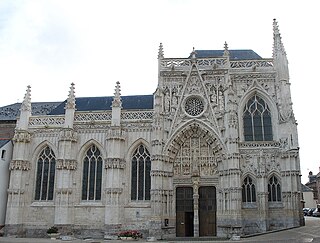
Rue is a commune in the Somme department in Hauts-de-France in northern France.
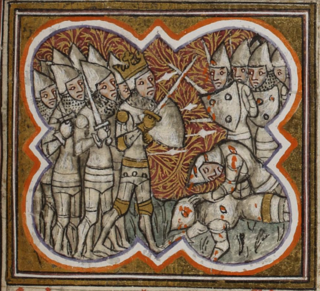
Raoul I of Lusignan was the second son of Hugh de Lusignan and the grandson of Hugh VIII of Lusignan. He was a prominent nobleman in the region of Poitou, and lord (seigneur) d'Exoudun, de Melle, de Chizé, de Civray and de La Mothe. He also became Count of Eu, by marriage to Alix d'Eu. Since the region of Poitou was contested between kings of France and England, local nobility was often changing sides. Up to 1201, Raoul was loyal to kings of England, but than changed his allegiance to king of France. He later rejoined the English side, and took part in the Battle of Bouvines (1214). For his services to the king England, he was granted possession of Hastings and Tickhill, in 1216. Earlier, he participated, as a young knight, in the Third Crusade, and later again in the Fifth Crusade, and died upon return. He was buried at the Priory of Fontblanche, in Exoudun.
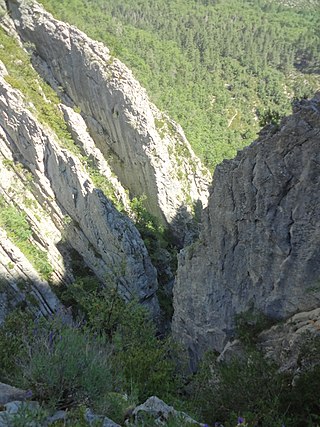
Blieux is a rural commune in the Alpes-de-Haute-Provence department in the Provence-Alpes-Côte d'Azur region in Southeastern France.

Baroville is a commune in the Aube department in the Grand Est region of north-central France.

Ambernac is a commune in the Charente department in the Nouvelle-Aquitaine region of south-western France.

Balzac is a commune in the Charente department in the Nouvelle-Aquitaine region of south-western France.

Brie is a commune in the Charente department in southwestern France.
Hardanges is a French commune, located in Mayenne, Pays de la Loire, populated by 203 persons. The commune is part of the historic province of Maine (province).

Échauffour is a commune in the Orne department in north-western France.























